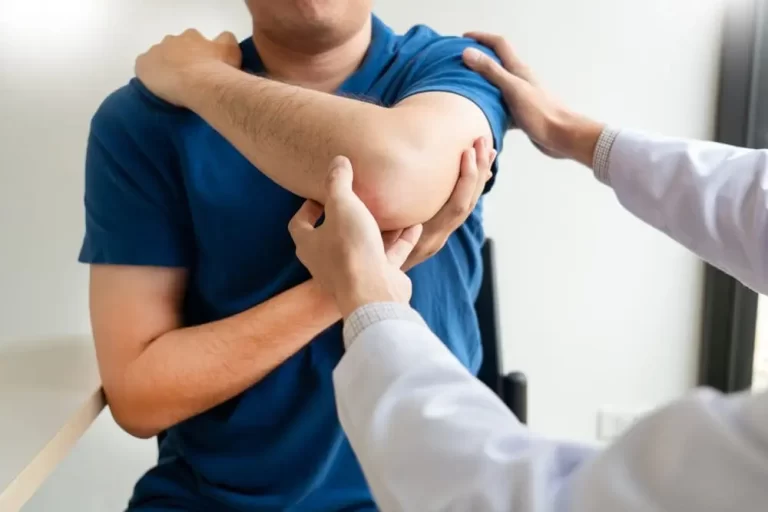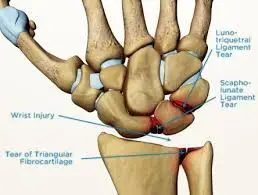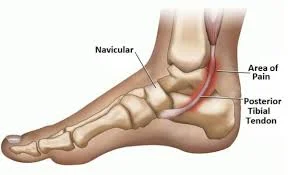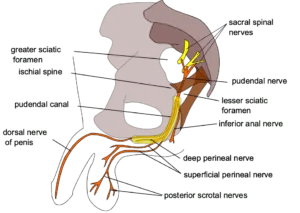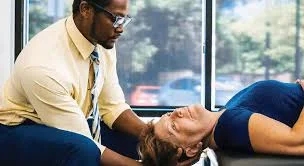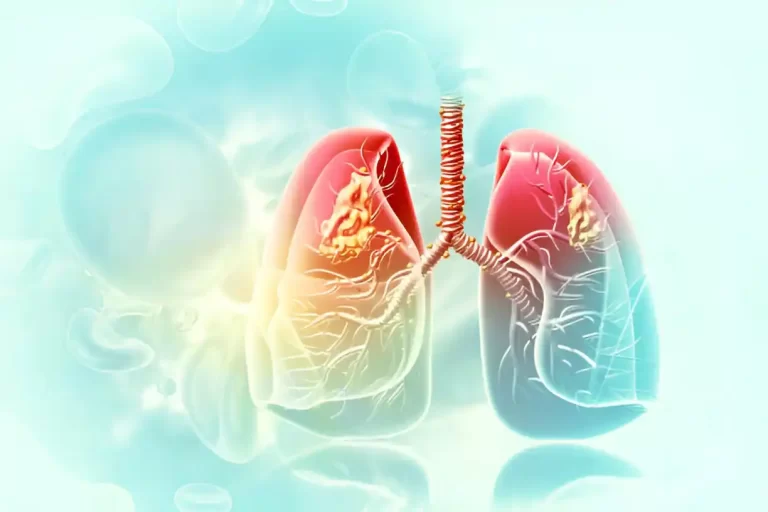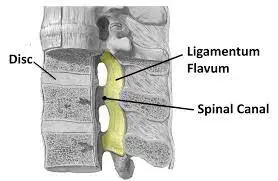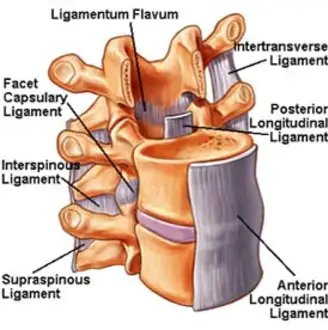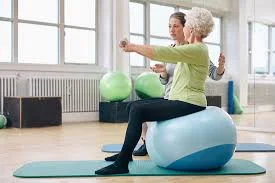13 Best Exercises For Shoulder Dislocation
Introduction: After a shoulder dislocation, targeted rehabilitation exercises are essential to restore stability, strength, and range of motion. These exercises focus on gradually reactivating the rotator cuff muscles, improving joint control, and preventing future dislocations. A structured program typically progresses from gentle mobility work to strengthening and proprioceptive training, all tailored to the stage of…

